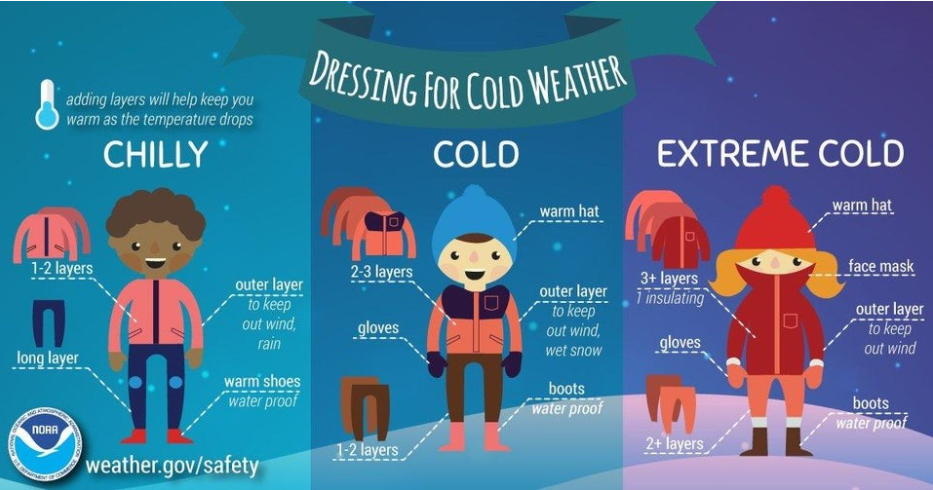
Child care programs have unique needs when it comes to emergency preparedness, response and recovery. Estimates indicate that as of 2019, 12.5 million children under the age of 6 spent some time in a nonparental care arrangement on a weekly basis. Children are more vulnerable than adults in emergency situations because of their size, mobility challenges, limited verbal skills, etc., so it is beneficial for families, caregivers and community organizations to work together to meet those needs.
Child Care Resource & Referral Agencies (CCR&Rs) can play a lead role in helping their local and/or state emergency managers understand where children are being cared for when they are not in school or with family members or guardians. CCR&Rs can also be a voice to elevate the challenges faced by early childhood caregivers (e.g., evacuating groups of nonmobile children, emergency supply needs). Building relationships with emergency managers before a disaster during “blue skies” will raise awareness of the unique needs child care programs have when it comes to emergencies.
In November, Child Care Aware of America’s Emergency Preparedness, Response and Recovery team members had the opportunity to present to emergency managers from across the country at the International Association of Emergency Managers (IAEM) conference held in Grand Rapids, Michigan. This presentation revealed that most emergency managers are not yet familiar with the services provided by CCR&Rs or the knowledge and expertise that CCR&R organizations can bring to the emergency planning table, yet they were very eager to learn more about next steps to form relationships.
CCR&Rs are a hidden gem for emergency managers as they consider the needs of the community’s youngest children. They possess valuable data about locations of care settings and the ages and number of children served in child care programs. CCR&R staff are a trusted training and technical assistance resource for child care providers, so important messages about emergency preparedness and response can be quickly communicated to them. Emergency managers can also provide expertise and resources to CCR&Rs and child care providers. The following ideas may work in your local community.
Before a disaster or emergency
CCR&Rs may be able to provide emergency managers with:
- Details about CCR&R services offered and program reach.
- Information about the unique needs of child care programs.
- Data about child care programs in the area (e.g., type of care, location, capacity, special populations served, etc.).
- Information about challenges experienced by child care programs (e.g., evacuation transportation, securing relocation sites, staff limitations, etc.).
- Details about child care programs in proximity to any large potential threats (e.g., flood-prone areas, railways, etc.)
Emergency managers may be able to:
- Provide information about any community-specific emergency alert systems.
- Share information about threats in the community.
- Assist with child care emergency plan review.
- Add a child care representative to emergency planning committees.
- Assist in identifying potential evacuation sites and transportation options for child care programs.
- Provide training and education on hazards/mitigation.
- Include child care representatives in tabletop exercises.
- Provide walk-through safety assessment of sites.
After a disaster
CCR&Rs may be able to:
- Provide post-disaster needs assessment findings to emergency managers.
Emergency managers may be able to:
- Collaborate with CCR&Rs to identify post-disaster needs of child care programs to quickly restore this critical service.
- Elevate needs of the child care sector; CCR&Rs will likely have damage assessment data and resource needs identified; integrate child care impact into FEMA declaration requests.
For more information, please contact CCAoA’s Emergency Preparedness, Response and Recovery team at preparedness@usa.childcareaware.org.
“We need to rely on trusted partners to distribute information, to provide collective resources, to establish a voice of ‘we’re in this together and we’re not going to work apart from one another, but rather together.’”
- Carol Ayres, The Family Conservancy, Kansas City
“Developing a relationship with CCR&Rs gives emergency managers a one-person contact to start filtering communications out to the child care providers in their area. Therefore, it does reduce the amount of time spent contacting individual child care providers in time of disaster.”
- Melissa Spencer, Story County Emergency Management (Iowa)





